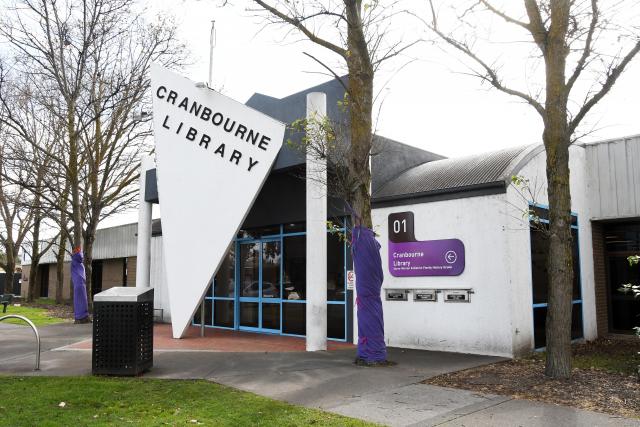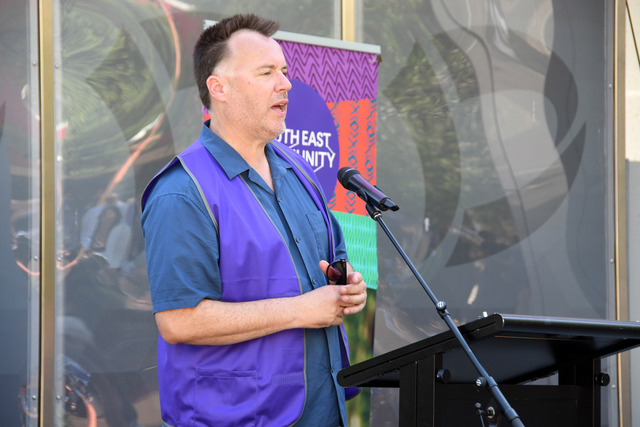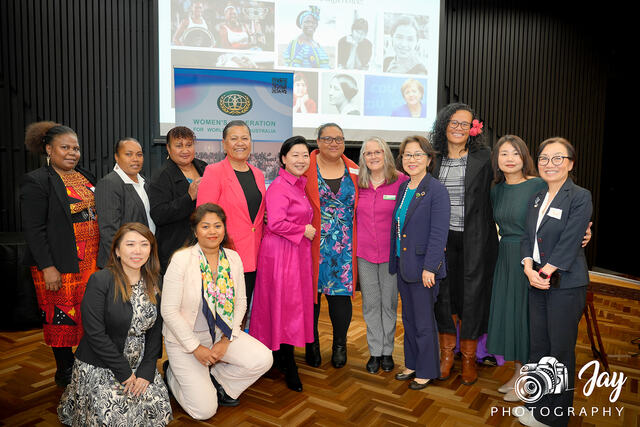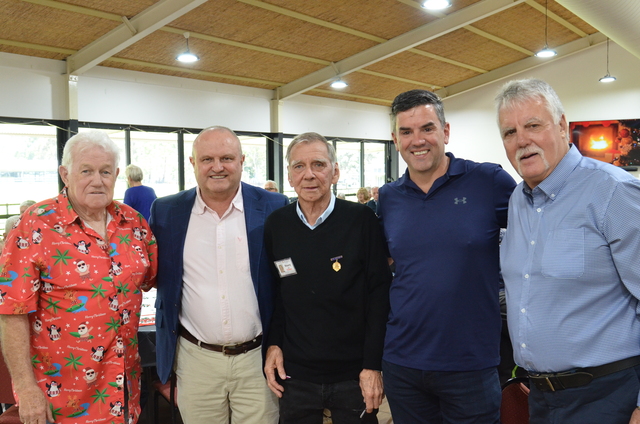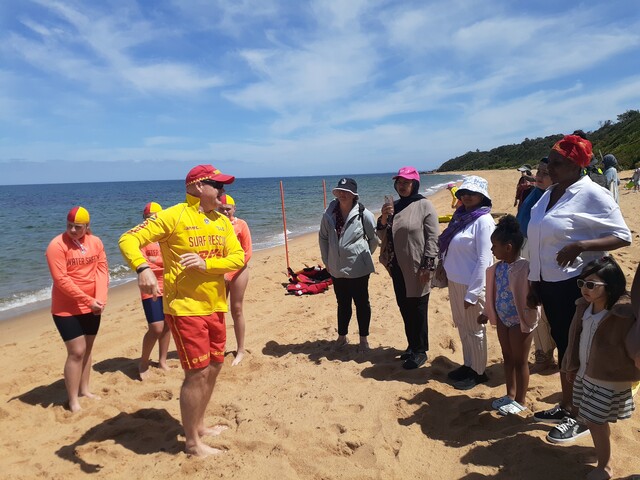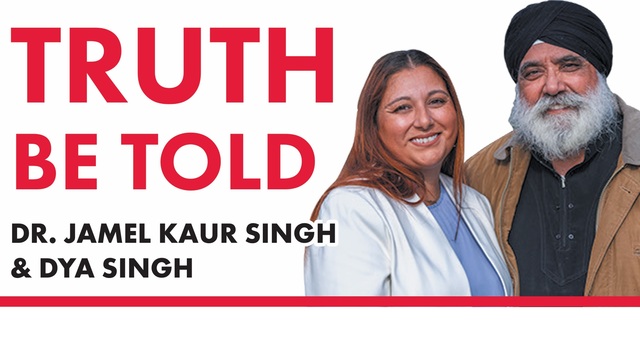Casey has ranked as one of Melbourne’s government areas with the least access to public library services, despite having higher percentages of teens and children than areas with the greatest access.
Casey resident Komal Jha said when her family first moved to the area, she was “surprised to see such a huge council with only few libraries and family friendly activities“.
Those living in Casey’s coastal towns feel they have the least access of the region as a whole.
Casey houses five council-led Connected Libraries, none of which are located in Casey’s southern-most areas.
The five libraries are located in Doveton, Hampton Park, Endeavour Hills, Bunjil Place and Cranbourne.
“The coastal and southern towns are overlooked in many respects making residents feel like we just don’t count,“ Pearcedale resident Janice Mills said.
Tooradin local Patricia Chandler said with the closure of the town’s book store this week, she will struggle to have access to books.
“I’m a pensioner and can not afford the fuel costs to go to Cranbourne Library to get books, then worry I won’t get them back in time and attract fines,“ she said.
Coastal local Jenny Lewis is hoping to see a “mobile library service“ in future.
“We need a mobile library service to come to the coastal village and other areas where transport makes accessibility a barrier,“ she said.
CEO Connected Libraries Beth Luppino said she is “excited“ to be extending outreach and mobile services “over the coming months“ to help ease the demand for services “beyond the four walls of [Casey’s] existing libraries“.
Casey suburbs south of Cranbourne make up 43.17 per cent of Casey’s total land size and 8.76 per cent of Casey’s total population, but have no libraries of their own.
Within those suburbs reside 9,087 residents under the age of 24 who have no local library services to access for schooling.
Casey and it’s neighbouring government areas were listed as having some of the lowest access to libraries in the Melbourne area.
Casey (1.62 libraries per 100,000 people), Cardinia (1.67 per 100,000) and Dandenong (1.25 per 100,000) were among the lowest ranking government areas despite having larger populations and being part of Melbourne’s growth corridor.
Meanwhile, government areas like Maribyrnong (6.94 per 100,000), Stonnington (5.64 per 100,000) and Yarra (5.46 per 100,000) have the highest number of libraries per capita, despite having smaller populations.
The population in City of Maribyrnong in 2021 was 85,209, whereas the Casey population was more than three times larger at 378,472 people.
Casey also has a higher percentage of young residents, with 35.7 per cent of Casey’s population being aged 24 and under, compared to 26.1 per cent in Maribyrnong.
City of Casey Manager Active Communities, Angie Peresso said the current “pace and scale“ of population growth in Casey presents some challenges in the pursuit of new library sites.
“Building further public libraries presents significant challenges,“ she said.
“Precinct planning has identified where new branch library services are or will be needed, however funding for construction is not yet secured.
“The potential funding stream for libraries, including that under the Growing Suburbs Fund, is inadequate to cover the substantial cost of building new branch libraries.“
The Growing Suburbs Fund saw a sharp drop in financial allocation by the Victorian government in the 2023-24 state budget, with a donation of only $10 million compared to $50 million the year prior.
In response to the ineffective resourcing, the City of Casey has been working on alternatives to keep services accessible.
“Casey has recently approved additional funding in this current financial year to its partner, Connected Libraries, to pilot outreach services such as click and collect in the growth areas,“ Ms Peresso said.
“Council also received $2,132,541 during the 2022-23 year via the State Government’s Public Libraries Funding Program.
“This funding supported Council to undertake a range of activities to support and meet the information needs of residents, including online services that cater to all areas of the municipality.“
Online alternatives have assisted locals in gaining access to library services.
“Being able to use the Libby app as a member of Connected Libraries is simple for all those with an internet connection to access ebooks and audiobooks once you’ve joined up,“ local Donna McGrath said.
Others await services closer to home.
“It would be wonderful if there was a library in Narre Warren South on the community centre land pocket next to Casey Central,“ Amanda Haslam said.
“This was actually proposed decades ago and was part of the advertised local area council development plans when we bought in the area 20+ years ago.
“Whilst we have access to the other sites we could benefit from a decent sized one near us, it would service so many people around here in this growth corridor.“

